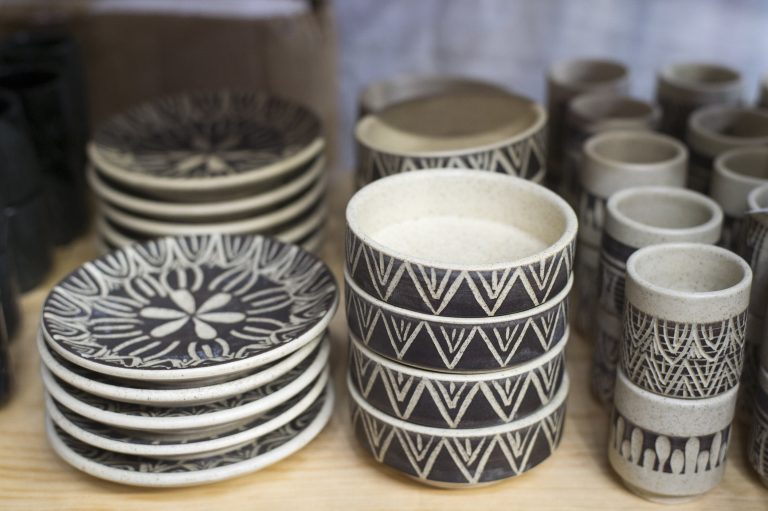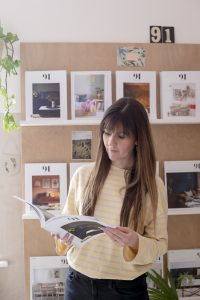Caravana Americana carefully curates and showcases Latin American design, across both the fashion and interiors industries. Myself and 91 photographer Jemma Watts travelled out there to attend the fair and find out more about the design scene there. Today I’ve got a little run down of twelve of the designers that we discovered….



THE NORM
Founded by Debra Heftye, the aim for her brand The Norm is to go back to the simplicity and pleasure of enjoying a cup of coffee, slowing down and really enjoying the moment. Debra’s grandfather was Norwegian, so her work is inspired by Scandinavian design and hygge, resulting in a super minimal aesthetic. She wants to unite artisanal techniques and contemporary design – this range was made in collaboration with a family of artisans in Guadalajara, Mexico.


ONORA
The dominant theme running through the entire Caravana Americana show was how closely Mexican designers work with artisans across the country, keeping traditional techniques alive while producing contemporary designs for today’s market. Onora appeared to be one of the more established brands at the show – they even have a store in the Polanco district – yet their ethos is still firmly rooted in how their business can build better lives for the people who produce their products. They invest time in learning about the individual communities crafts and traditions, allowing this to inform their designs. We particularly loved these patterned monochrome ceramics above.

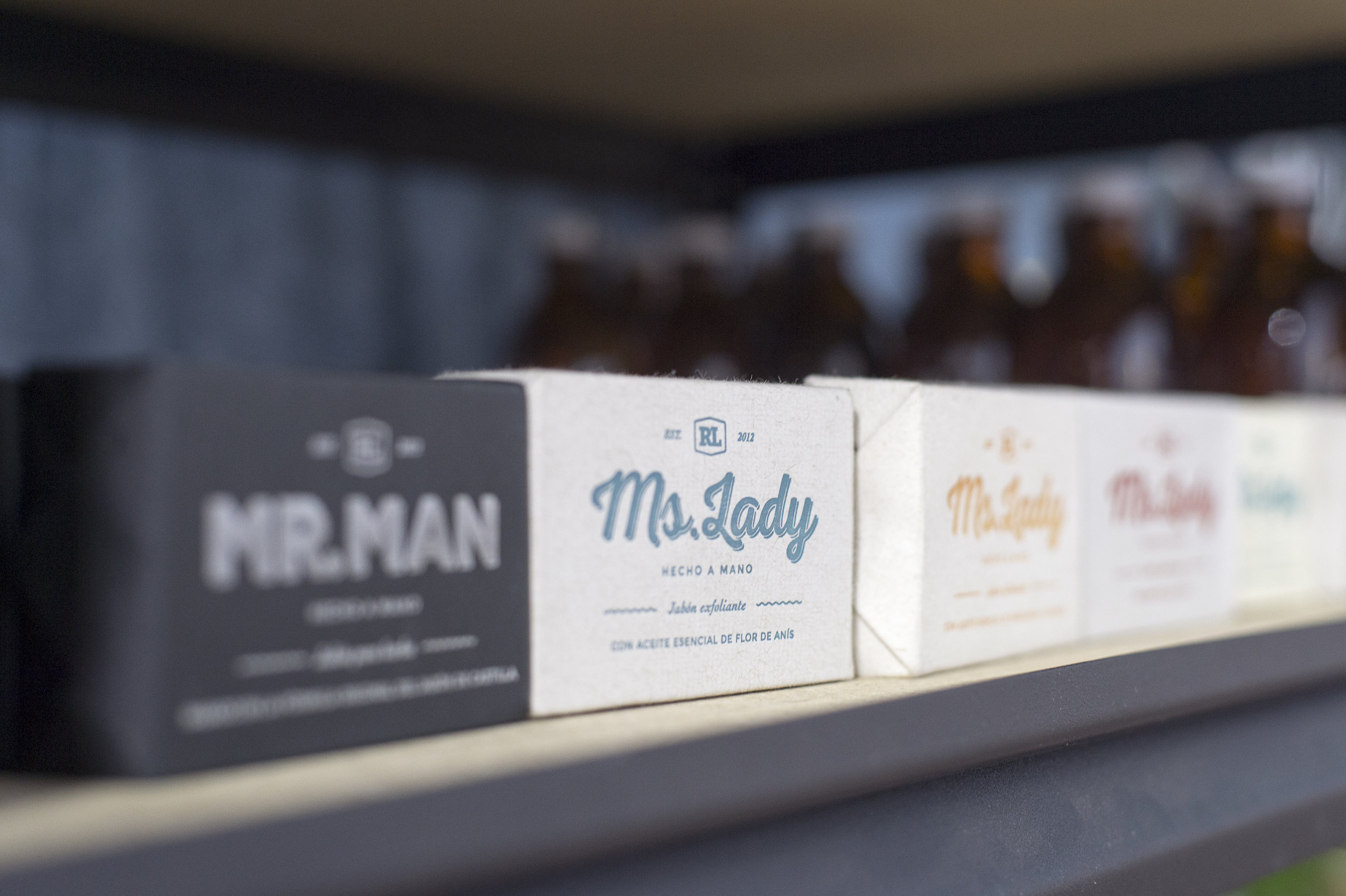
RAYITO DE LUNA
While my focus was mainly on the homeware stands, I was drawn to this cosmetic label who produce a range for men called Mr Man and one for women called Ms Lady. The two guys behind the brand did not speak much in the way of English and my Spanish is non-existent, so the only info I managed to glean was that the products are organic and 100% Mexican, and that they source all the ingredients from small communities within Mexico. Oh, and they smelt pretty fabulous. (The products, that is!) 😉


VICU
The show had a small section featuring products for kids, and Vicu really stood out, as how could you not be drawn to these sweet woolly alpacas with their colourful pompoms and smiling faces?! Vicu is short for Vicugna (the scientific name for alpaca) – the brand was set up in 2007 by Olivia Arreguín who crochets and hand-stitches the alpaca plushie toys. She used to make beanie hats, but one day when one came out too big, instead of scrapping it she turned it into the alpaca toy and they’ve never looked back! The toys are already popular across the States, Canada, Australia and the UK, and they are planning to launch a new collection soon including wallpaper designs.
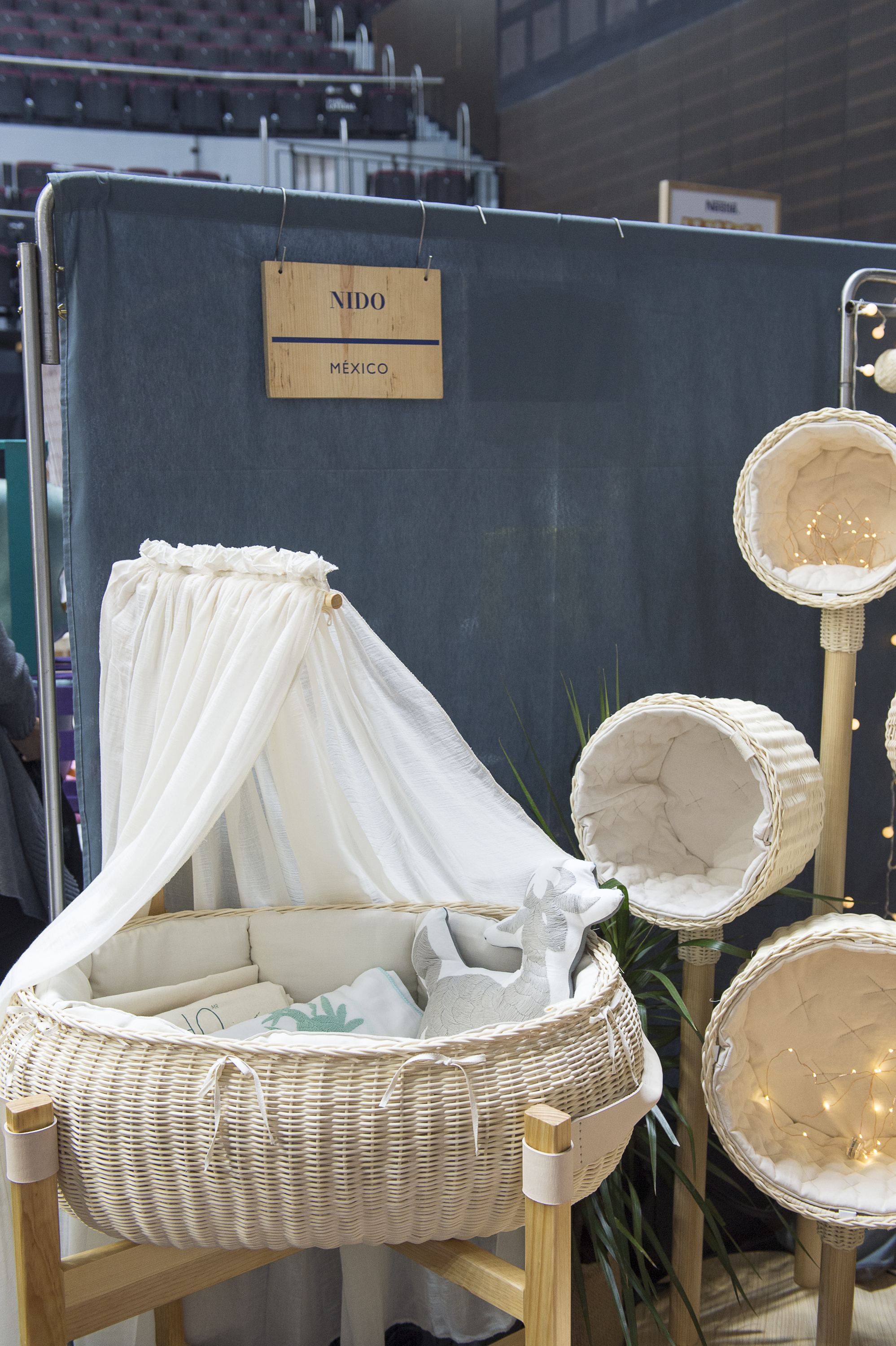

NIDO MUEBLES
The other children’s brand which caught my eye was Nido Muebles. Run by designer Valeria Tamaya, they produce furniture for children and babies made from certified wood and wicker which is made in Tequis Queiapan – a small Mexican town which produces a lot of baskets. We loved these delicate mobiles which are apparently made from the same material as panana hats.

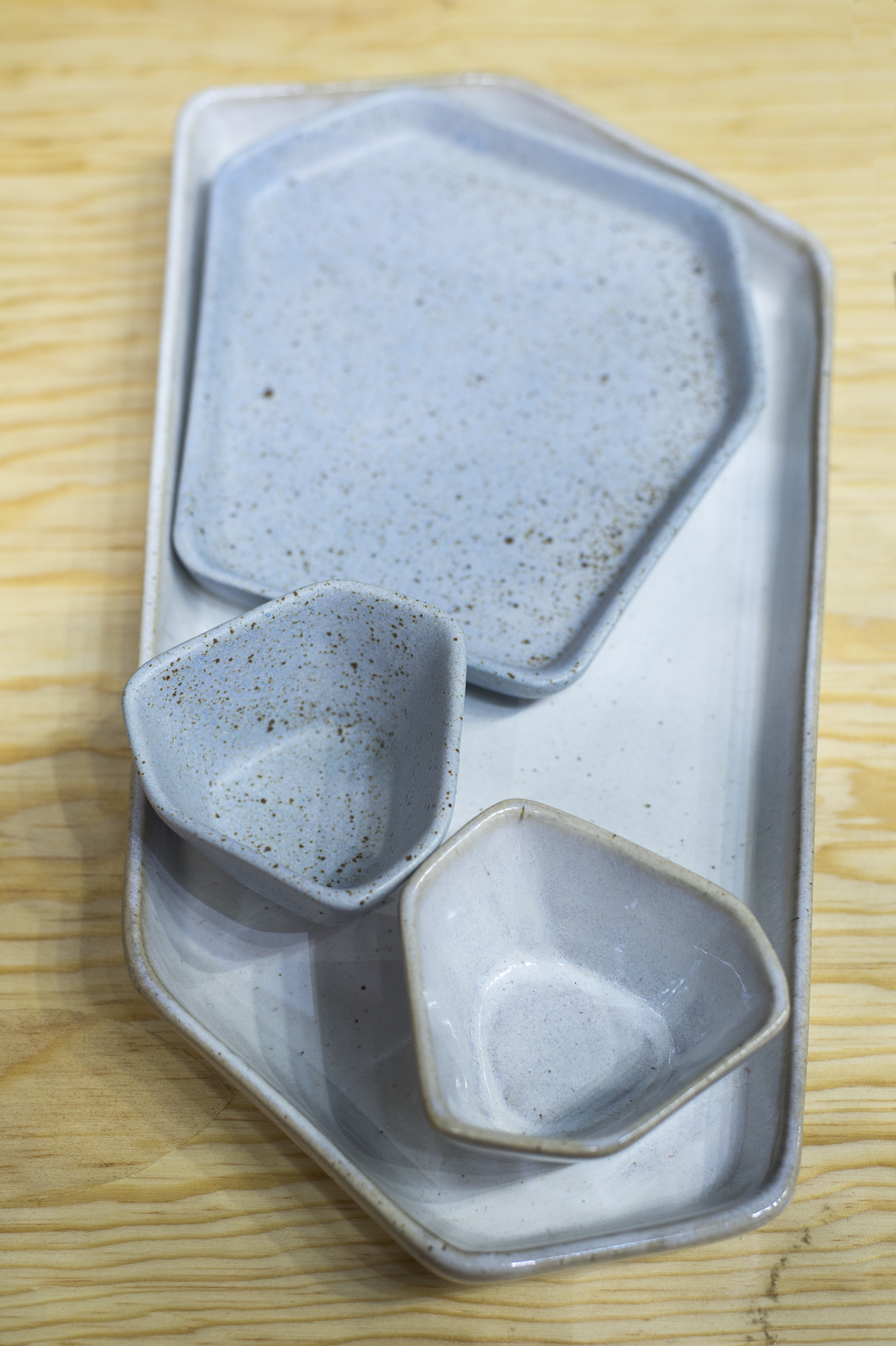
LA CHICHARRA CERAMICA
Back to ceramics, and I was quite taken by the beautiful pieces by La Chicharra Ceramica. (In fact, I brought home two of their plates!) Run by a husband and wife team from Oaxaca, the couple make everything themselves by hand, and the pieces earthy colour palette are due to the natural substances that are sourced in Oaxaca – every piece is different in colour and pattern. The beautiful textures are created by mixing ground-down volcanic rock into the clay.


ARUDEKO
Textiles of course featured heavily at the show, and it was quite the struggle to resist the urge to try and fit a handwoven rug in our suitcases! The monochrome and soft colour palette from Arudeko highlighted the many hours of work that go in to producing these kinds of products, and one of their aims as a brand is to help artisans with pricing as they often do not value their work properly. It was interesting to hear how technology plays a big role in the design and production process, with email and Whatsapp being used as the main way of communicating designs to the makers.
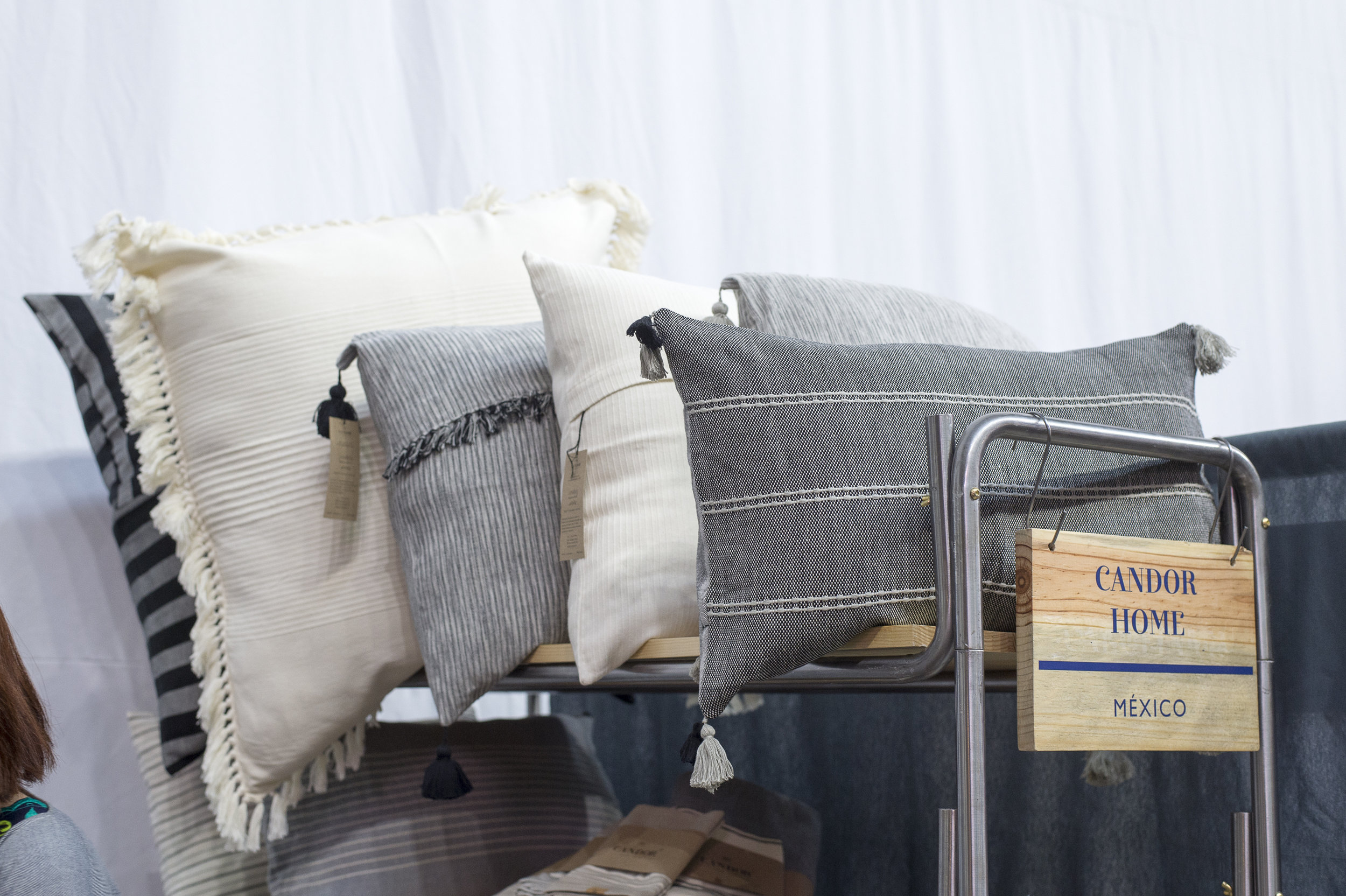
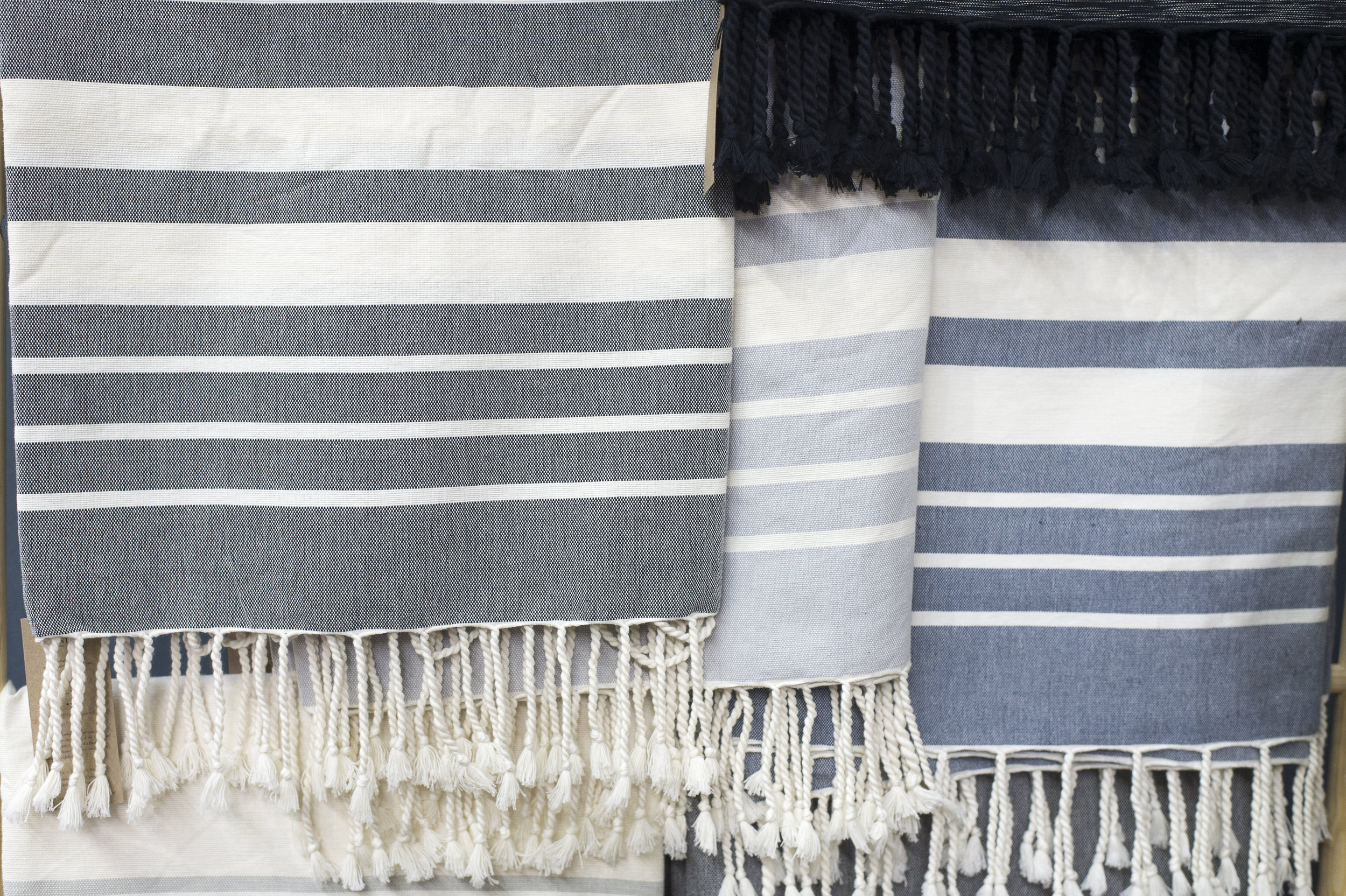
CANDOR HOME
Classic striped towels and neutral colours are the signature look of Candor Home – a relatively new brand, only launched in 2016, by 25 year old Fernanda Mereles. Like most of the exhibitors at Caravana, Candor’s focus is on artisanal techniques and quality materials and Fernanda works with a team of artisans who produce the textiles on a foot pedal loom and hand knot the tassels. Products are designed to have versatility – so could be used as a towel, throw, blanket for picnic or the beach.


PECA
What I found interesting at the event was that while many of the designers work which was produced in collaboration with traditional artisans still had the aesthetic and cultural qualities associated with the crafts of the country, some brands had really stretched the limitations to create contemporary designs that still utilised artisanal techniques yet were far from traditional in style. Peca in particular, a brand established in Guadalajara, uses natural materials such stone, wood, marble and volcanic rock and works with artisans whose skills include hammering copper and embroidering leather with pita (a fibre from the leaf of the agave) to produce their high end furniture and design-led accessories.


TRIBUTO
Similarly, the design led products and furniture by Tributo stood out as being ahead of the curve in terms of how to utilise the traditional crafts of the country. They connect a number of designers and artisans to create their range which spans many disciplines, from lava stone carving to blown glass to woodwork with their aim being to ‘promote design as a strategic tool to promote social, economic and cultural development by working with artisan communities in Mexico.’


TXT.URE
One of the most inspiring aspects of Caravana, was the passion that the designers held for the craftsmanship and communities of their fellow countrymen. The respect and admiration for those whose skills have been passed down through many generations was palpable. For some of the designers, their quest was to ensure the longevity of some of the crafts that are endangered, and Txt.ure was one brand who is actively working towards the preservation of techniques and introducing new makers to what will hopefully become a way of life – teaching apprentices to make. The complicated hand weaving technique required to make these chairs is one that was becoming almost extinct, something which Txt.ure is working to change, by bringing these folk classics up to date for the modern home. If I could’ve fitted one of these beauties in my suitcase I totally would have transported one back to the UK!

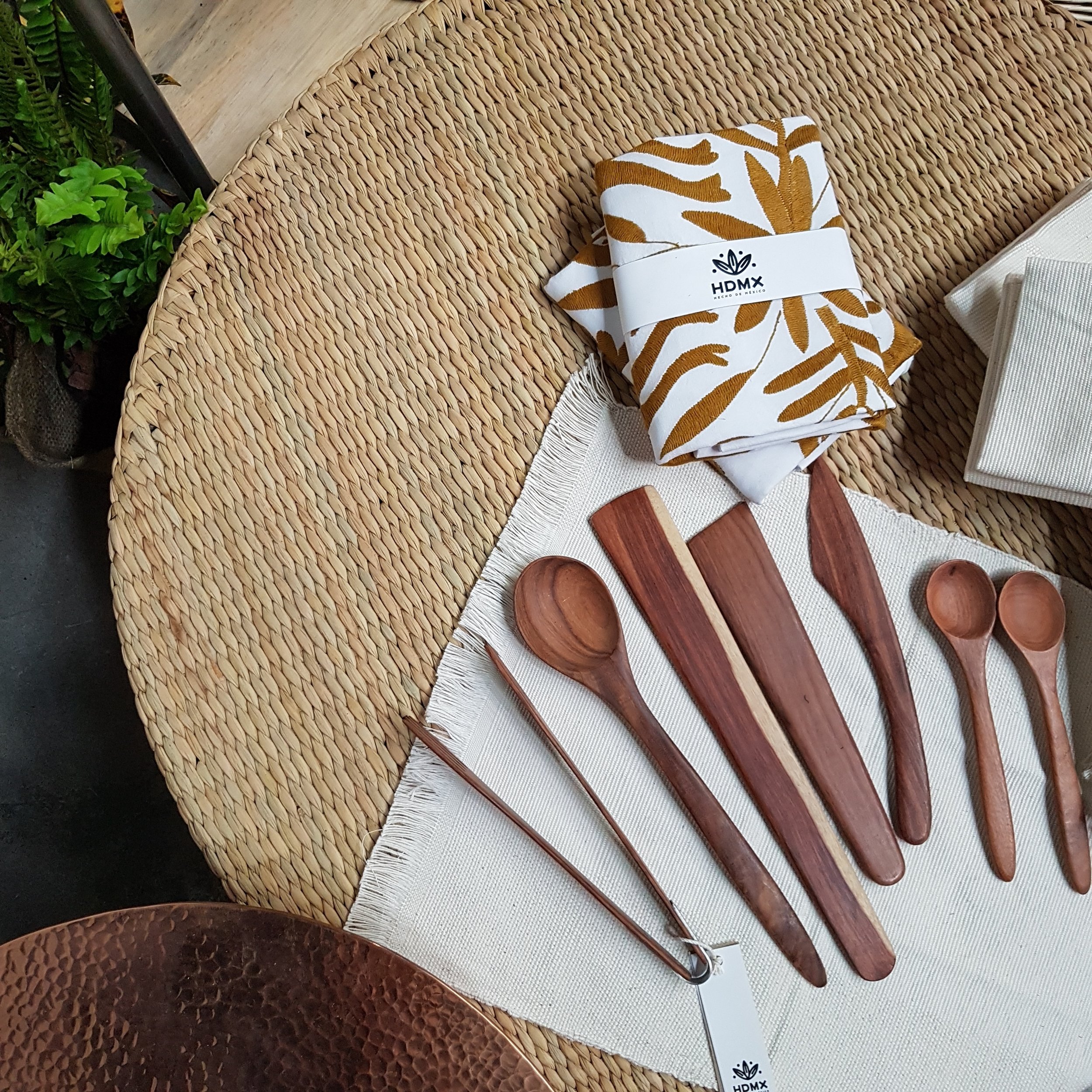
HECHO DE MEXICO
Last but not least on our epic day at Caravana Americana was Hecho De Mexico. Another relatively new brand set up in 2016 in a bid to preserve the traditional craftsmanship of the nation. They use natural materials such as copper, wood and agave fibre and say some of their woven items can take up to six weeks to produce. Interestingly, so far, they say they sell their products solely through Instagram. We are loving those hand-embroidered mustard yellow and white cushion covers!

It was such a treat to spend a day immersed in the design culture of Mexico – the people we met and conversations we had truly inspired us. Caravana Americana has only been running since 2016 but already it has established itself as one of the most notable design events in Mexico. Their next event will happen in October 2018, so if you have an interest in design and fashion then I suggest you consider a visit. Mexico City totally blew me away and was so much more than I expected, so the city is well worth a visit too. Look out for our upcoming guide to the city’s best shops, cafes, restaurants and venues coming up soon too!
Thanks again to Gina and her team for welcoming us to Caravana! x
